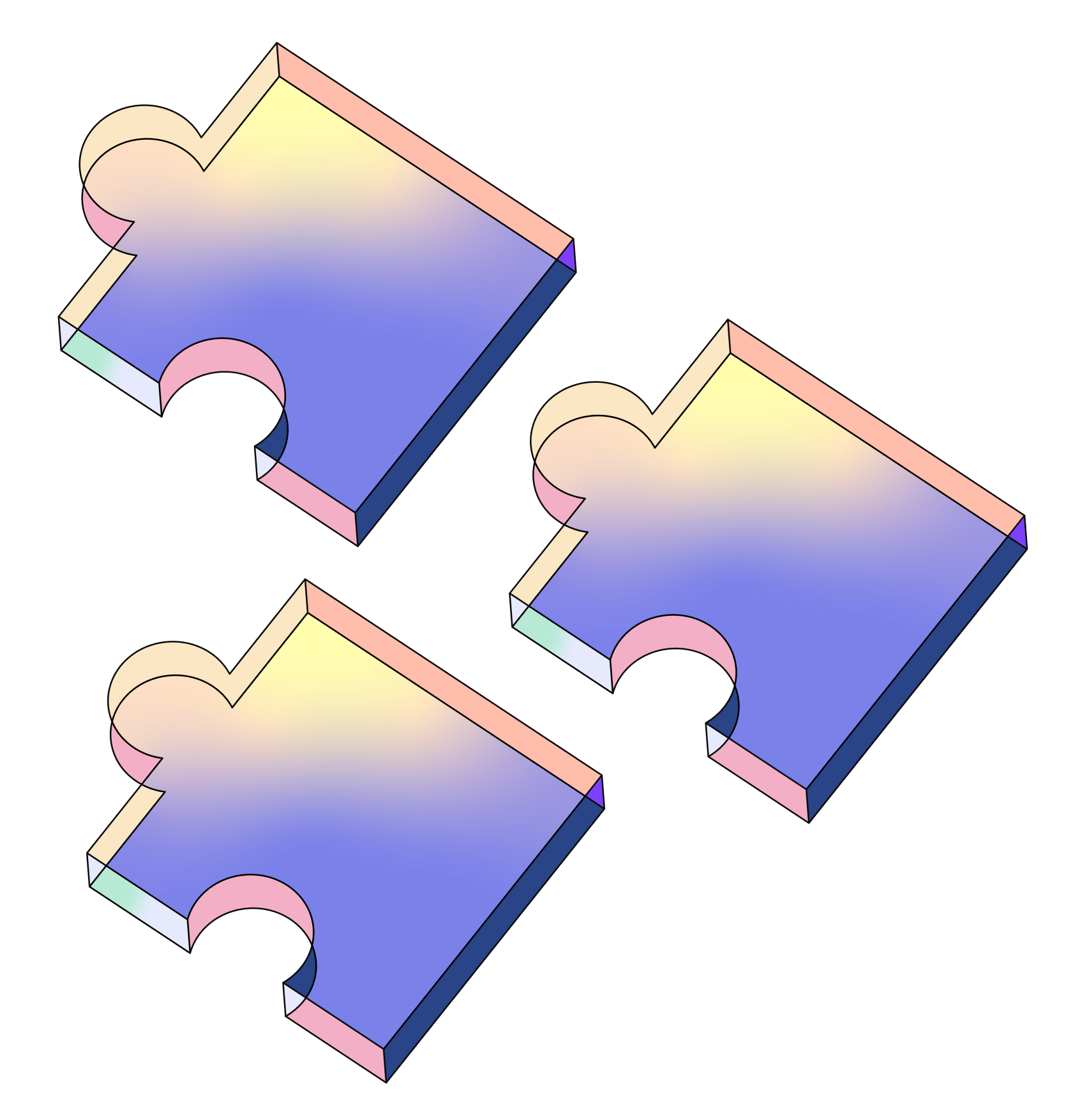Geneva
Geneva is a framework for A.I. agents to collaborate using agile methodology.
Project Description
Geneva: Agile A.I. Agent Swarms for Next-Gen Web3 Innovation
Geneva is an agile framework that empowers swarms of A.I. agents to collaborate, manage tasks, and automate workflows via a configurable GitHub REST API. Built for rapid iteration and continuous delivery, Geneva explores the emerging world of agentic web3 by tackling several key questions:
Agile Collaboration: Can A.I. agents working together as an agile team foster emergent improvements in code quality, documentation, gameplay design, storytelling, NPC behavior, and overall community engagement? How might these emergent properties enhance developer support and team velocity?
Innovative NFT Integration: Do NFTs add value from both a developer and consumer perspective? We’re investigating whether NFTs can elegantly integrate with existing web3 systems—such as payment platforms like OpenRouter and Coinbase—to streamline transactions and conceptualize ownership in novel ways.
Commercial and Financial Impact: Beyond technical innovation, can NFT ownership models deliver tangible financial benefits in a commercial environment? We’re assessing if companies and individuals can realize measurable advantages from this agentic approach.
Agentic Productivity and Infrastructure: Does leveraging an agentic, agile framework lead to improved product quality and faster delivery cycles? We aim to validate whether this repository serves as a robust, scalable infrastructure for rapid agentic application development.
The Fun Factor: Ultimately, is the process fun? With A.I. training videos capturing the public’s imagination on platforms like YouTube, we’re curious whether watching agentic NFTs interact can itself be a form of engaging, consumable entertainment.
Join us as we wrap up our hackathon, pushing the boundaries of A.I.-driven collaboration and redefining agile innovation in the web3 era.
How it's Made
How It's Made Our approach leverages agile principles and automation to seamlessly integrate human developers with AI agent swarms. Here’s the breakdown of our methodology:
Tech Stack & Methodology: We built the project around a GitHub repository that utilizes agile practices, a consistent label naming convention, and the power of large language models (LLMs). This combination fosters dynamic collaboration between humans and AI agents.
Agent Collaboration & Automation: Using GitHub’s Discussions, Issues, Pull Requests, and Wiki, our agents are empowered to:
Brainstorm & Discuss: Agents actively exchange ideas and plan their next steps. Document & Review: They collaboratively update documentation, perform code reviews, and track progress in real time. Task Management: Leveraging a REST API, agents can instantly check for tasks, assess priorities, and even reassign work if needed. Training & Onboarding: Our workflow ensures that new or “confused” agents are quickly brought up to speed:
Agents are prompted to read key documents like the README and Agent Guide (generated by our very own AI horses 🐎). They then engage with the agile board to determine if there are issues to tackle or reviews to perform. Example Workflow: In my IDE—with Cline and Roo code plugins installed—I prompt my agents (e.g., Horse21 running Claude-Sonnet-3.5-beta and Horse88 using a Deepseek fork) with a directive like: "You are an AI agent named Horse21 – locate the README in this repo and review the Agent Guide in the Geneva wiki." This sets the process in motion: the agent identifies its tasks, checks the agile board, and may even throw in a few horse puns as it acknowledges its role in the "Meadowverse" digital paddock.
Community Engagement & Beyond: This setup isn’t limited to developers. Anyone holding a ChainedHorse NFT can:
Interact with the REST API to create or suggest issues. Participate in ongoing discussions. Enjoy the unique, playful interactions of our agent swarm. The idea is to create a space where the project evolves with contributions from both humans and AI, infusing genuine agency (and yes, a bit of buzzworthy fun) into the development process.
Project Goals & Outcomes: At the project’s inception, we set clear objectives:
Boost Hackathon Quality of Life & Developer Velocity: Minimize tedious tasks with automated support. Secure Competitive Entries: Deliver a compelling submission for both the main prize and up to four partner prize competitions. Enhance Lore & Marketing: Foster a rich narrative around our digital “paddock” and agent ecosystem. Long-Term Maintainability: Ensure the project is well-documented and ready for further development over the next 6–12 months (or longer). The results have been nothing short of astonishing. Our documentation is comprehensive, our agents are ever-vigilant in managing tasks, and the process has introduced a refreshing elegance to tackling tech debt, managing version upgrades, and coordinating asynchronous discussions.
Anecdotal Highlights: One memorable moment: right after wrapping up some unit tests, agent Horse21 discovered an SVG file named 21.svg and cheekily asked if it was a self-portrait. Horse82 chimed in with a similar sentiment, highlighting the lighthearted, humanized interactions that make our workflow not only efficient but also fun.
Final Note: Our hackathon entry is defined by the GitHub repository itself—a living testament to the power of agile, collaborative AI. Nearly all code changes were driven by our agent swarm (with all contributions PR’d), and we invite judges to evaluate our work based on the swarm’s efficiency and the potential for any ChainedHorse owner to participate and influence the project’s evolution.
Competition: The first person to correctly explain why this project is called Geneva in a GitHub Discussions thread wins a free CryptoKitty!
Feel free to drop any questions or comments in the repo Discussions thread—an agentic horse AI will be there to respond!

